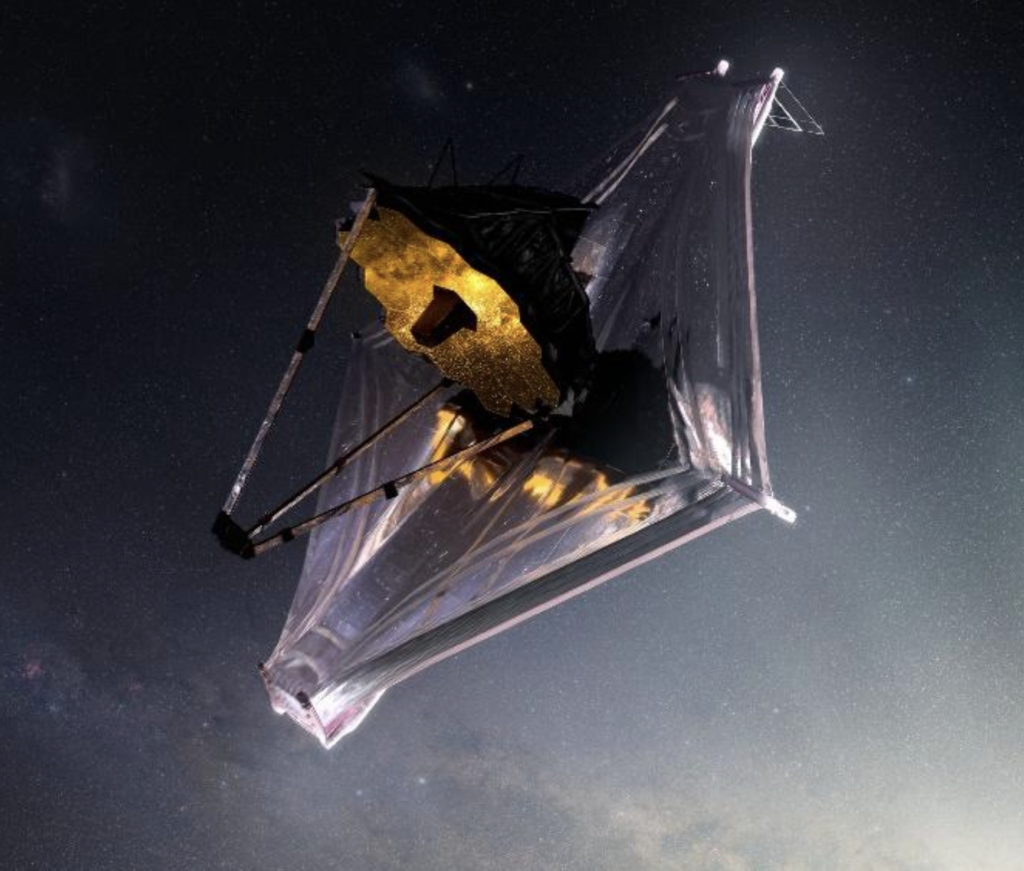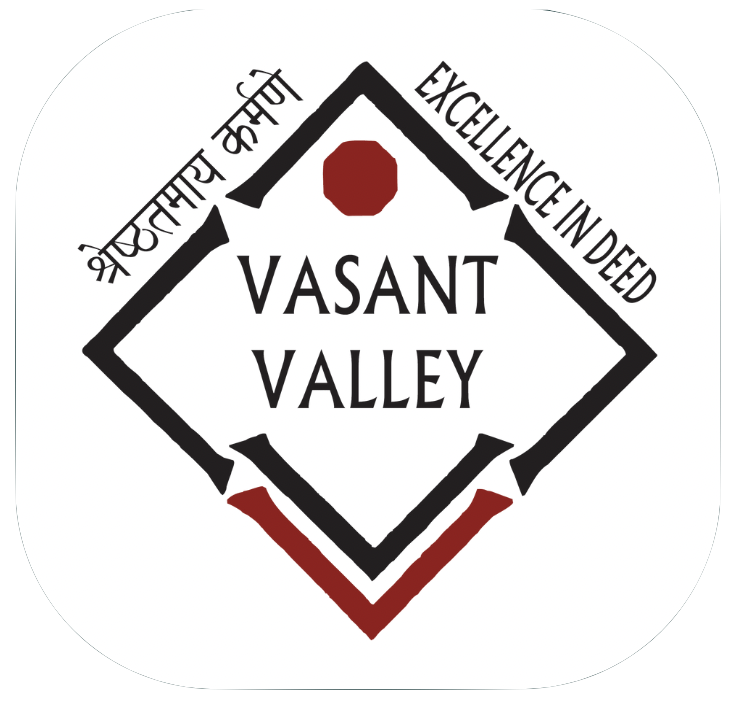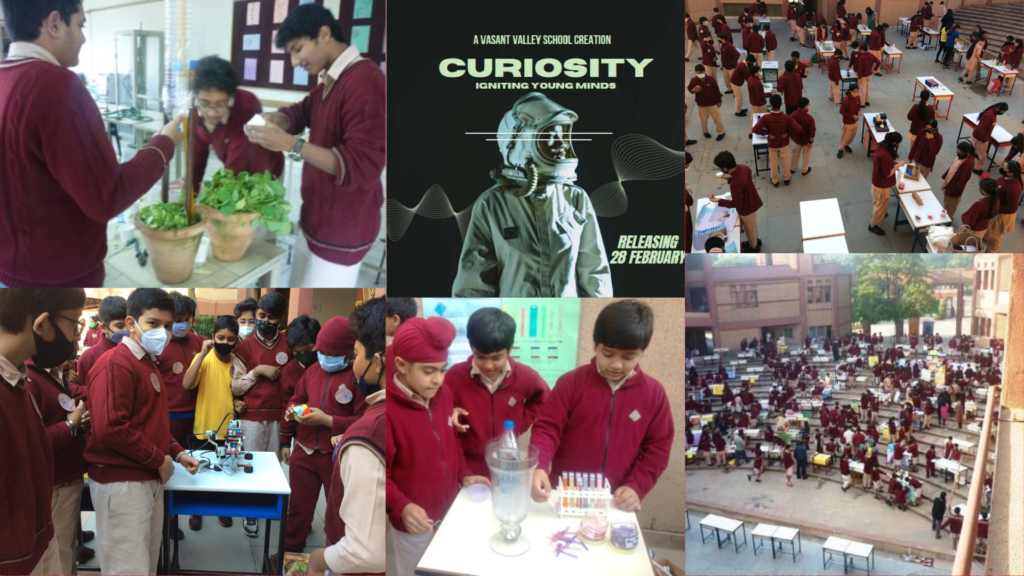The telescope was launched on 25th December 2022 and since has taken NASA’s new telescope bears the name of James Webb an influential figure who was appointed by President John F. Kennedy to lead the space agency during the ’60s. The telescope is the largest telescope till date, due its large size the telescope had to be folded like origami to fit in the Ariane 5. It costed a total of 10 billion dollars with 9.5 going into building the telescope and the remaining to maintain the mission for the next 5 years.

How does it work?
It builds upon the legacy of the Hubble telescope’s imaging capabilities and the Spitzer Space Telescope’s ability to detect in mid infrared range (beyond the visible spectrum). To make the images circulating now, JWST used its infrared cameras to collect several “brightness images” in grayscale. Six filters each captured different wavelengths of infrared light. Each of the filters were assigned a colour based on their wavelength, the filter exposed for the longest time is assigned red and the one exposed for the shortest time is blue. All the images are combined to display the composite colours in the images circulating.
Parts of the telescope
Golden mirror: Webb’s primary mirror is 6.5 metres wide. The mirror has of 18 hexagonal gold-coated beryllium segments that can be adjusted individually.
Sunshield: To protect itself from the Sun’s heat, Webb has a tennis court-sized sunshield. To accurately and precisely detect faint infrared light from distant objects in the universe, Webb must be shielded from the strong infrared light emanating nearby from the Sun, Earth, and Moon. The sunshield’s five layers block the light from these nearby objects.
Deployment: Webb is so large that it needed to be folded up like a piece of origami to fit into the Ariane 5 rocket that launched it into space. It took Webb about two weeks to fully unfold, and two more weeks to travel to its final destination.
Instruments: In addition to the Canadian-made scientific instrument NIRISS, the Webb
Telescope houses three other partner-contributed scientific instruments: NIRCam (NASA), NIRSpec (European Space Agency [ESA]) and MIRI (NASA/ESA).
High-frequency radio transmitter: Large radio antennas spread out around the globe receive Webb’s transmitter signals and forward them to the Webb Science and Operation Centre in the Space Telescope Science Institute in Baltimore, USA.
~ Chaitanya Sharma | 11C

